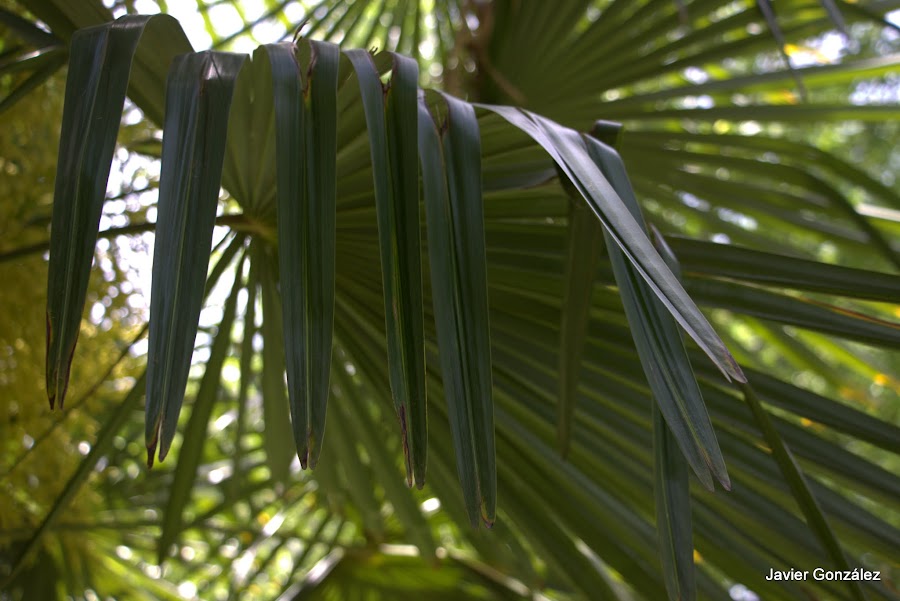En esta entrada podremos pasear por el itinerario 4 de la Senda Botánica del Parque del Retiro de Madrid
Cuando se crearon los Jardines del Buen Retiro en el SXVII existía en esta área un espacio sin ajardinar, al que se conocía como Campo Grande, reservado a los reyes para la práctica de la caza menor. Este espacio que conservaba aún la vegetación silvestre propia del lugar, se mantuvo sin ningún tipo de reforma hasta mediados del SXIX, momento en que se trazaron algunos caminos rectilíneos que le otorgaron un carácter geométrico, aunque no se incluyeron en él todavía nuevos vegetales.
El Campo Grande se comienza a reformar en 1877. Como parte de las tareas de remodelación del Retiro sucedieron a su declaración como parque público en 1868. El autor de los trabajos fue Eugenio Garagarza, que convierte el Campo Grande en un jardín paisajista que toma como modelo los jardines ingleses en los que se recrea la naturaleza idealizada. Este nuevo jardín del Retiro asume las características esenciales del paisajismo inglés: la ausencia de líneas rectas, el respeto por el relieve preexistente, el uso de rías y lagos y el empleo de especies arbóreas capaces de generar escenas pintorescas y "agradables golpes de vista" en palabras del propio Garagarza.
In this post we will walk in the path 4 Path Botany Buen Retiro Park
When the Buen Retiro Gardens in SXVII were created it existed an area without landscaping, which was known as Campo Grande, reserved for kings to practice small hunting. This space that still had their own wild vegetation, remained without any reform until mid SXIX, when some straight roads that gave a geometric character is drawn, but are not yet included in the new plant.
The Campo Grande was begun to reform in 1877. As part of the renovation work Retiro reached his statement as a public park in 1868. The author of the work was Eugenio Garagarza, converting the Campo Grande in a landscaped garden that takes as British model gardens where the idealized nature is recreated. This new garden Retiro assumes the essential characteristics of English landscaping: the absence of straight lines, respect for the existing relief, the use of rivers and lakes and the use of tree species capable of generating picturesque scenes and "pleasant shock of view" in the words of Garagarza own.
RECOMENDACIÓN MUSICAL
Mientras lees esta entrada puedes escuchar la música de la Naturaleza
-----------------------------------------------------
As you read this post you can listen to the music of the Nature
LIBRO RECOMENDADO: Guía de los árboles y arbustos de la Península Ibérica y Baleares
Palosanto / Rosewood
Palmito gigante / Giant palm
Aligustre de Japón / Japanese Aligustre
Sauzgatillo / Sauzgatillo
Cedro del Himalaya / Himalayan cedar
Tejo / Yew
Falso plátano / False banana
Madroño / Arbutus
LIBRO RECOMENDADO:
Guía de los árboles y arbustos de la Península Ibérica y Baleares
ITINERARIO / ITINERARY
Plano del Itinerario nº 4
#4 Botanic path plane
HAZ CLICK EN EL MAPA PARA VER OTROS ITINERARIOS
CLICK ON THE MAP TO ENJOY OTHER PATHS


























